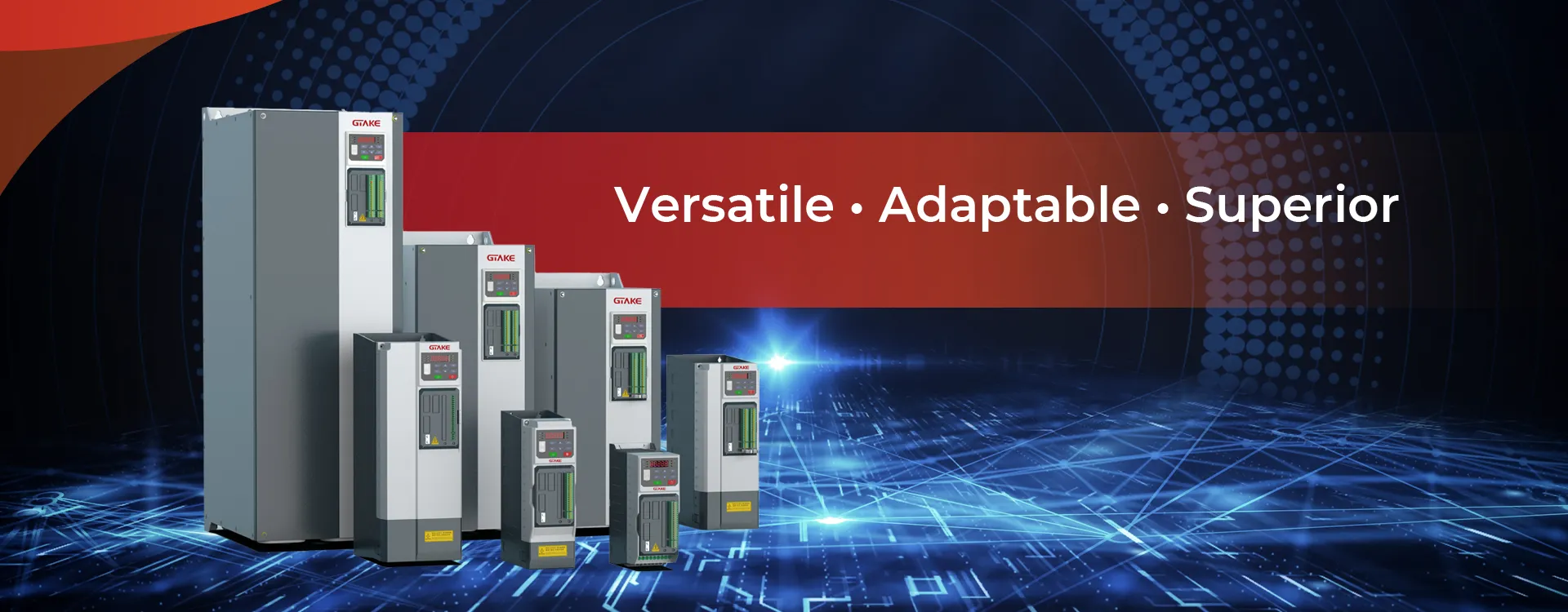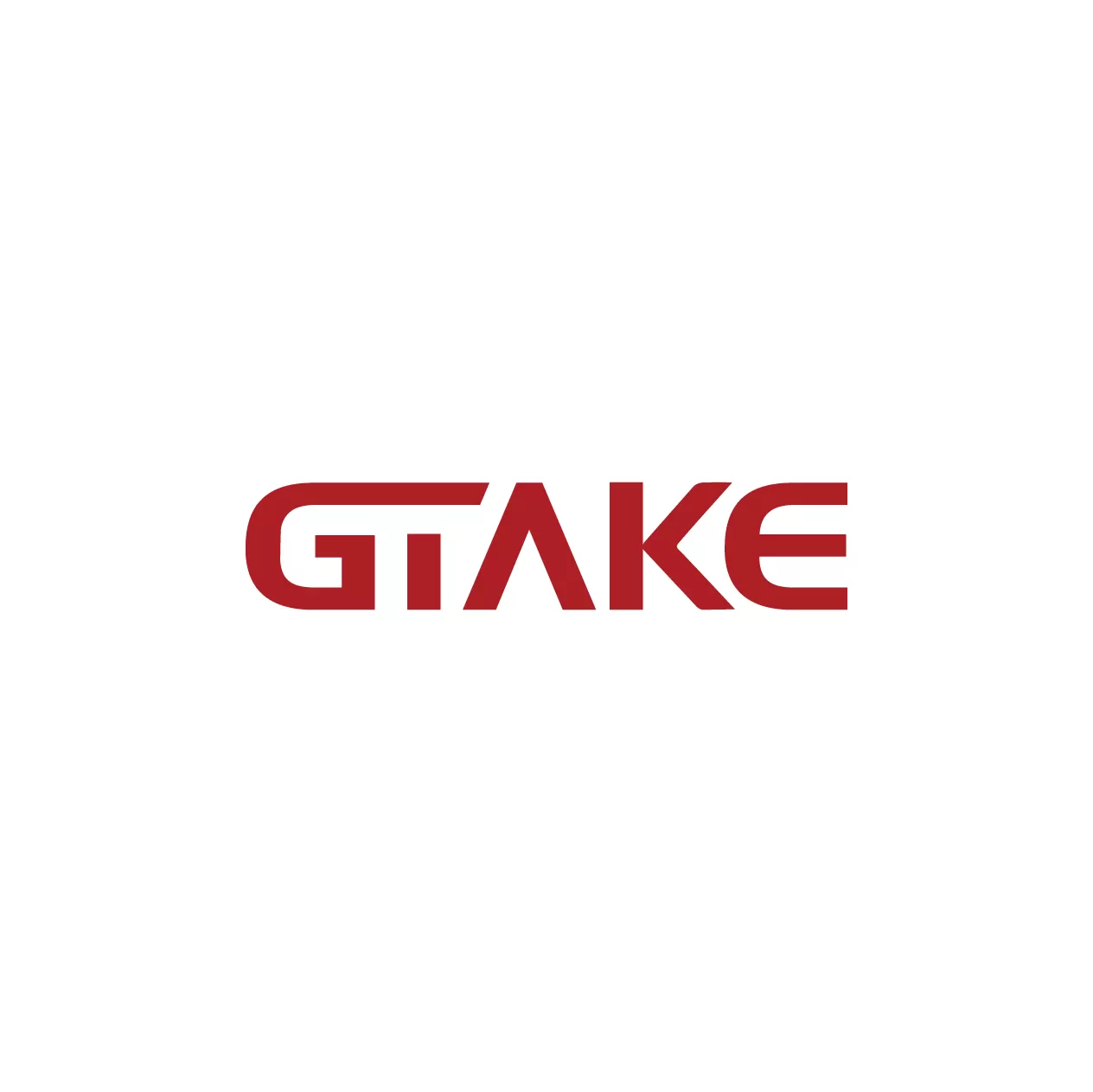Drive for Motor: An Overview of Motor Drives and Their Applications
A motor drive is an essential component that controls the operation of electric motors by regulating their speed, torque, and direction. Motor drives are critical in various industries where precision, energy efficiency, and automation are paramount. They can convert electrical power into mechanical power, enabling motors to perform their intended tasks with the required performance parameters.
In this article, we will explore the different types of motor drives, their working principles, applications, and key factors to consider when selecting the right motor drive for specific applications.
What is a Motor Drive?
A motor drive is a system that includes an electric motor and the control unit used to regulate its operation. The primary function of a motor drive is to control the motor’s speed, torque, and direction. It converts input electrical power into mechanical output, ensuring that the motor operates in a controlled and efficient manner.
Motor drives are typically used with AC motors, DC motors, and stepper motors, each requiring specific types of drives tailored to their characteristics.
Types of Motor Drives
Motor drives can be broadly classified based on the type of motor they control. The main types of motor drives are:
1. AC Motor Drives
AC motor drives control the operation of AC (alternating current) motors. They are the most common type of motor drive and are used in applications that require precise speed control and torque regulation.
- VFD (Variable Frequency Drive): A popular type of AC motor drive that controls the frequency of the AC voltage supplied to the motor. By varying the frequency, a VFD controls the speed of the motor.
- Soft Starters: These devices help in starting the AC motor smoothly, gradually increasing the voltage to prevent motor damage and reduce mechanical stress during startup.
- Applications: HVAC systems, conveyor belts, pumps, fans, compressors, and industrial machinery.
2. DC Motor Drives
DC motor drives are used to control DC motors, which have the advantage of providing high torque at low speeds and are easily adjustable for speed and direction. These drives are ideal for applications where variable speed and high performance are required.
- Types of DC Motor Drives:
- Thyristor-controlled drives: Used for high-power DC motors.
- Chopper drives: Utilize pulse-width modulation (PWM) to control the motor’s speed and torque.
- Applications: Elevators, electric vehicles (EVs), robotics, and battery-powered equipment.
3. Stepper Motor Drives
Stepper motors are used when precise position control is required. A stepper motor drive controls the rotation of the motor by energizing the coils in sequence to create discrete steps.
- Applications: 3D printers, CNC machines, robotics, and automated machinery requiring precise positioning.
4. Brushless DC Motor (BLDC) Drives
Brushless DC motors are more efficient than traditional brushed motors, offering higher torque and speed at lower power consumption. BLDC motor drives use electronic controllers to regulate the voltage and current supplied to the motor.
- Applications: Electric vehicles (EVs), drones, computer cooling fans, and high-performance industrial applications.
How Motor Drives Work
Motor drives typically consist of three major components:
- Control Unit: The control unit determines how the motor operates by adjusting the input to the motor. It can control parameters such as speed, direction, and torque.
- Power Unit: The power unit converts the electrical power supplied from an external source (AC or DC) into a form that can be used by the motor. For AC motors, this may involve adjusting the frequency or voltage; for DC motors, it might involve regulating the current.
- Feedback Mechanism: Many modern motor drives include feedback systems that continuously monitor the motor’s performance (speed, torque, temperature, etc.) and adjust the input to optimize operation. Sensors, encoders, and other feedback devices are commonly used in this process.
The feedback loop helps to maintain precise control, ensuring the motor operates efficiently under varying load conditions and avoids damage due to overheating, overloading, or other operational stresses.
Key Features of Motor Drives
Modern motor drives come with a wide array of features designed to improve performance, efficiency, and ease of operation:
- Speed Control: Motor drives allow for continuous and precise speed control. This feature is especially important in applications where varying speeds are required (e.g., conveyor systems or HVAC units).
- Torque Control: Many motor drives also feature torque control capabilities, ensuring that the motor maintains the desired torque under changing load conditions.
- Energy Efficiency: With the advancement of drive technology, modern motor drives offer energy-saving capabilities, reducing energy consumption by optimizing the motor’s operation.
- Protection Features: Motor drives often come with built-in protection systems to prevent damage to the motor. These protections may include overcurrent protection, overvoltage protection, overheating protection, and fault detection.
- Communication and Integration: Many motor drives today are equipped with communication protocols like Modbus, CANbus, or Ethernet, allowing them to be integrated with higher-level control systems for automation purposes.
- Variable Frequency and Voltage: For AC motor drives, the ability to vary the frequency and voltage of the input signal helps to adjust the motor’s speed and torque dynamically.
Applications of Motor Drives
Motor drives are used in a wide range of applications across various industries, including:
- Industrial Automation: In factories and production lines, motor drives are used to control machinery such as conveyors, pumps, cranes, and automated tools.
- HVAC Systems: Motor drives regulate the speed of fans, compressors, and pumps to maintain energy efficiency and optimal airflow in heating, ventilation, and air conditioning systems.
- Automotive Industry: Electric vehicles (EVs), hybrid vehicles, and autonomous robots rely on motor drives for controlling the electric motors used in propulsion and steering.
- Renewable Energy Systems: Motor drives are used in wind turbines, solar trackers, and hydroelectric generators to optimize energy production.
- Consumer Appliances: Household appliances like washing machines, dishwashers, and refrigerators often use motor drives to regulate motor speed and ensure efficient operation.
- Robotics: Motor drives play a vital role in controlling motors that provide precise movement in robotic systems.
How to Choose the Right Motor Drive for Your Application
Selecting the right motor drive is critical to ensuring the efficiency and performance of your system. When choosing a motor drive, consider the following factors:
- Motor Type: Ensure that the drive is compatible with the type of motor you are using (AC, DC, BLDC, stepper, etc.).
- Power Rating: The motor drive must be able to handle the motor’s power requirements and operating conditions.
- Control Features: Depending on your application, you may need specific control features such as torque control, speed control, or the ability to interface with other control systems.
- Environmental Conditions: Consider the environment in which the motor drive will operate. Some applications may require drives with protection against moisture, dust, or extreme temperatures.
- Energy Efficiency: Opt for motor drives that offer energy-saving features to reduce operational costs in the long run.
- Integration and Communication: If you plan to integrate the motor drive into an automated system, ensure that the drive supports appropriate communication protocols.
Conclusion
Motor drives are vital components that enable the controlled operation of electric motors. By providing precise control over speed, torque, and direction, motor drives improve the efficiency, performance, and lifespan of motors in various applications. Whether you’re working with AC, DC, or stepper motors, understanding the different types of motor drives and their features is crucial to selecting the right drive for your application.
From industrial automation and automotive applications to renewable energy systems, motor drives play an indispensable role in modern systems. When selecting a motor drive, it’s essential to consider factors such as motor type, power requirements, control features, and environmental conditions to ensure optimal performance and reliability.

